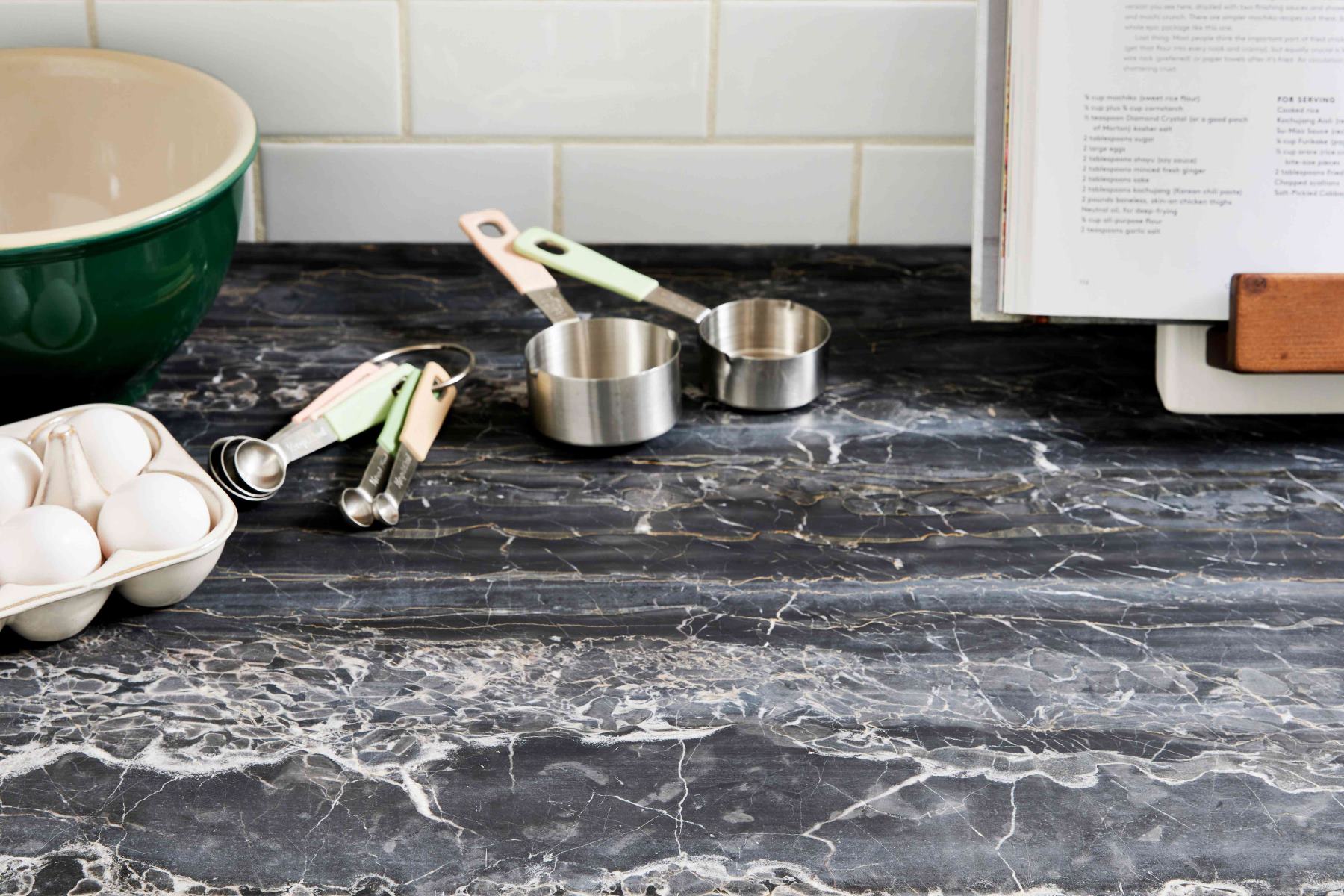

Articles
What Are Soapstone Countertops
Modified: January 18, 2024
Discover the charm and durability of soapstone countertops with our informative articles. Learn about the benefits, care, and maintenance of soapstone surfaces.
(Many of the links in this article redirect to a specific reviewed product. Your purchase of these products through affiliate links helps to generate commission for Storables.com, at no extra cost. Learn more)
Introduction
Welcome to our comprehensive guide on soapstone countertops! If you’re considering upgrading your kitchen or bathroom, selecting the right countertop material can make a significant impact on the overall look and feel of the space. Soapstone countertops have gained popularity in recent years due to their unique characteristics and timeless appeal.
Soapstone is a natural stone that has been used for centuries in various applications, including countertops. Its distinct look and durable nature have made it a desirable choice for homeowners and designers alike. In this article, we will delve into the features, pros, and cons of soapstone countertops to help you make an informed decision for your home.
So, what exactly is soapstone? Derived from the metamorphic rock called steatite, soapstone is primarily composed of mineral talc, which gives it a smooth, silky texture. It is quarried from different parts of the world, including Brazil, India, and the United States, and comes in various shades, ranging from light gray to dark charcoal.
One of the most appealing aspects of soapstone countertops is their unique aesthetic. They have a natural, understated beauty that complements both traditional and contemporary design styles. The depth and richness of the stone’s color develop over time, giving it a patina that only enhances its character.
But it’s not just about looks; soapstone countertops offer several advantages that make them a popular choice among homeowners. They are known for their exceptional heat resistance, making them a perfect surface for placing hot pots and pans directly from the stove or oven. Additionally, soapstone is non-porous, which means it doesn’t absorb liquids or stains. This makes it highly resistant to bacteria growth and easy to maintain.
However, like any other material, soapstone countertops have their downsides as well. They are relatively softer compared to other natural stones like granite or quartz, which makes them more prone to scratches and dents. While some homeowners appreciate the natural patina that develops over time, others may find it undesirable and prefer a consistently pristine appearance.
Furthermore, soapstone is not as resistant to acids as some other countertop materials. If exposed to acidic substances, such as lemon juice or vinegar, it can develop etching or discoloration. However, some homeowners consider these characteristics as part of the appeal and embrace the natural variations that come with soapstone.
In the upcoming sections, we will compare soapstone countertops to other popular countertop materials, provide tips on caring for and maintaining soapstone surfaces, and guide you on how to choose the perfect soapstone countertop for your home. Let’s dive in!
Key Takeaways:
- Soapstone countertops offer a timeless aesthetic, exceptional heat resistance, and low maintenance, making them a practical and elegant choice for homeowners seeking durability and natural beauty in their kitchens or bathrooms.
- While soapstone countertops may be susceptible to scratches and acids, their unique patina development and flexibility for personalization through occasional sanding or oil application provide homeowners with a versatile and enduring countertop option.
Read more: How To Maintain Soapstone Countertops
What is Soapstone?
Soapstone is a natural stone that has been used for centuries in various applications due to its unique properties. It is composed primarily of mineral talc, which gives it a smooth and silky texture. This versatile stone is quarried from different parts of the world, including Brazil, India, and the United States.
One of the distinguishing features of soapstone is its varying shades of color. From light gray to dark charcoal, soapstone offers a range of options to suit different design preferences. Over time, the stone develops a patina, enhancing its depth and richness. This patina adds a unique character to soapstone countertops, making them a popular choice among homeowners and designers.
Soapstone countertops not only have an appealing aesthetic but also offer several practical advantages. One of the standout features of soapstone is its exceptional heat resistance. Unlike many other countertop materials, soapstone can withstand high temperatures without being damaged. This makes it an ideal surface for placing hot pots and pans directly from the stove or oven. Whether you are an avid cook or simply want a reliable countertop, soapstone is an excellent option.
Another advantage of soapstone is its non-porous nature. This means that it does not absorb liquids or stains, making it highly resistant to bacteria growth and easy to maintain. Unlike other natural stones like granite, which require sealing to prevent staining, soapstone naturally repels liquids and keeps its pristine appearance with regular cleaning.
While soapstone is a durable material, it is relatively softer compared to other natural stones such as granite or quartz. This means that it is more susceptible to scratches and dents. However, some homeowners embrace the natural patina and imperfections that develop over time, considering them a part of soapstone’s charm. If you prefer a consistently pristine appearance, it is important to take precautions and use cutting boards and trivets to prevent scratches.
It is worth noting that soapstone is not as resistant to acids as some other countertop materials. Exposure to acidic substances like lemon juice or vinegar can cause etching or discoloration on the surface. However, some homeowners appreciate the natural variations that come with soapstone and view these characteristics as part of the stone’s unique appeal.
Overall, soapstone is a versatile and attractive choice for countertops. Its natural beauty, heat resistance, and non-porous nature make it a sought-after option for both kitchens and bathrooms. Whether you prefer a classic or contemporary look, soapstone countertops can elevate the style of any space while providing durability and functionality.
Pros of Soapstone Countertops
When considering countertops for your kitchen or bathroom, soapstone offers a range of benefits that make it a compelling choice. Here are some of the key advantages of installing soapstone countertops:
- Natural Beauty: Soapstone has a unique and elegant appearance that adds a touch of sophistication to any space. With its smooth texture and varying shades of gray, soapstone countertops have a timeless aesthetic that complements both traditional and contemporary styles.
- Heat Resistance: Soapstone is renowned for its exceptional heat resistance. It can withstand high temperatures without being damaged, making it an ideal surface for placing hot pots, pans, and cookware directly from the stove or oven. This heat resilience also reduces the risk of thermal shock, which can occur with certain countertop materials.
- Durability: While soapstone is relatively softer than materials like granite or quartz, it is still highly durable. It is less prone to cracks and chips, and its density allows it to withstand the daily wear and tear of a busy kitchen. With proper care, soapstone countertops can last for decades, making them a long-term investment.
- Non-Porous: One of the standout features of soapstone is its non-porous nature. This means that it does not absorb liquids, preventing stains and bacterial growth. Unlike materials like marble or granite, soapstone countertops do not require regular sealing to maintain their resistance to stains and spills. They are also easy to clean with simple soap and water.
- Chemical Resistance: Soapstone is highly resistant to chemicals, which makes it suitable for various applications in kitchens and bathrooms. It can withstand exposure to common household cleaning products without being damaged or discolored. This chemical resistance adds to the longevity and durability of soapstone countertops.
- Patina Development: Over time, soapstone develops a natural patina that enhances its appearance. This unique characteristic adds depth and richness to the stone, giving it a distinct personality. Many homeowners appreciate the aging process of soapstone, as it adds charm and character to their countertops.
- Flexibility: Soapstone is a versatile material that can be shaped and customized to fit any design or layout. It can be carved into various edge profiles, allowing for personalization and creativity in countertop design. Soapstone can also be used for other applications like sinks, backsplashes, and fireplace surrounds, creating a cohesive aesthetic throughout your space.
These are just a few of the many advantages that soapstone countertops bring to your home. Their natural beauty, heat resistance, durability, and ease of maintenance make them an excellent choice for homeowners looking for a stylish and functional countertop material.
Cons of Soapstone Countertops
While soapstone countertops offer numerous benefits, it’s essential to consider their drawbacks to make an informed decision. Here are some of the main disadvantages associated with soapstone countertops:
- Softness: Soapstone is relatively softer compared to other natural stones such as granite or quartz. While it is highly durable and less prone to cracks and chips, it is more susceptible to scratches and dents. Using cutting boards and trivets can help minimize the risk of damaging the surface, but it’s important to exercise caution when working with sharp objects on soapstone countertops.
- Potential for Patina Development: While many homeowners appreciate the natural patina that develops on soapstone countertops over time, others may find it undesirable. The patina can result in a variation in color and texture across the surface, which may not be preferred by those seeking a consistently pristine appearance.
- Sensitivity to Acids: Soapstone is not as resistant to acids as some other countertop materials. Exposure to acidic substances like lemon juice, vinegar, or certain cleaning products can cause etching or discoloration on the surface. It’s important to promptly wipe away any acidic spills to minimize the risk of damage.
- Limited Color Options: While soapstone offers a range of shades, it is primarily available in various tones of gray. If you prefer a wider array of color options, materials like granite or quartz may be more suitable for your preferences.
- Initial Darkening: Newly installed soapstone countertops often have a lighter shade than their matured appearance. Over time, soapstone darkens and develops its characteristic patina, but this initial lightness may be an adjustment for those expecting a darker countertop from the outset.
- Cost: Soapstone countertops can be relatively more expensive compared to other materials like laminate or tile. However, it’s important to consider the long-term value and durability that soapstone offers. While there may be a higher upfront cost, the longevity and beauty of soapstone countertops can make them a worthwhile investment.
It’s important to weigh these drawbacks against the advantages of soapstone countertops to determine if they align with your needs and preferences. While soapstone may not be suitable for every homeowner, many find the unique aesthetic and practical benefits outweigh any potential drawbacks.
When cleaning soapstone countertops, avoid using acidic or abrasive cleaners as they can damage the surface. Instead, use a mild soap and water solution for regular cleaning.
Comparing Soapstone to Other Countertop Materials
When it comes to choosing the right countertop material for your kitchen or bathroom, it’s essential to consider the characteristics and features of different options. Let’s compare soapstone to some popular countertop materials:
- Granite: Granite countertops are known for their durability, wide range of colors, and natural beauty. Both soapstone and granite are heat resistant and offer unique aesthetics. However, while soapstone has a softer and more matte finish, granite has a polished and reflective surface. Soapstone requires less maintenance and doesn’t need sealing, while granite countertops may require periodic sealing to prevent staining.
- Quartz: Quartz countertops are engineered stone surfaces made of a combination of natural quartz and resin. Unlike soapstone, which is a natural stone, quartz is non-porous and highly resistant to staining. Both soapstone and quartz are heat resistant, but quartz is generally more durable and resistant to scratches and dents. Soapstone offers a unique, natural aesthetic with its varying shades of gray, while quartz offers a wider range of colors and patterns.
- Marble: Marble countertops are renowned for their elegance and timeless appeal. However, marble is a more high-maintenance material compared to soapstone. Marble is porous and prone to staining, while soapstone is non-porous and highly resistant to stains. Marble also requires regular sealing and more delicate care. Soapstone has a more consistent heat resistance compared to marble, which can be susceptible to heat damage.
- Laminate: Laminate countertops are a more budget-friendly option compared to natural stone materials like soapstone. While laminate is versatile and available in various colors and patterns, it is not as durable or heat resistant. Laminate countertops can be prone to scratching and chipping, unlike soapstone, which has better resilience. However, soapstone offers a unique aesthetic that cannot be replicated by laminate surfaces.
Each countertop material has its own advantages and considerations. It’s important to prioritize your preferences in terms of durability, maintenance, aesthetics, and budget when comparing soapstone to other options. Consider factors such as the level of maintenance you’re willing to perform, the specific look you desire, and your cooking and lifestyle habits.
Ultimately, the decision will depend on your personal preferences and priorities. Soapstone countertops offer a combination of natural beauty, heat resistance, and easy maintenance, which make them a popular choice for those seeking a timeless and functional surface.
Read more: Where To Buy Soapstone Countertops
Care and Maintenance of Soapstone Countertops
Soapstone countertops are known for their durability and low maintenance requirements, making them an excellent choice for busy households. With proper care, soapstone surfaces can maintain their natural beauty for years to come. Here’s a guide on how to care for and maintain your soapstone countertops:
- Regular Cleaning: Soapstone countertops can be cleaned with mild dish soap and warm water. Use a soft cloth or sponge to gently wipe the surface and remove any spills or stains. Avoid using abrasive cleaners or scrub brushes, as they can scratch the soapstone. After cleaning, make sure to thoroughly rinse the surface to remove any soap residue.
- Avoid Harsh Chemicals: While soapstone is chemically resistant, it is still best to avoid using harsh chemicals or abrasive cleaners on the surface. Avoid using products containing bleach, ammonia, or acidic ingredients. These can cause discoloration or damage to the soapstone. Stick to gentle and non-abrasive cleaning agents to ensure the longevity of your countertops.
- Protect from Scratches: Soapstone is relatively softer compared to some other countertop materials, so it is important to prevent scratches and dents. Always use cutting boards and trivets when placing hot pots, pans, or sharp objects on the surface. Although soapstone is less prone to scratching, taking precautions will help preserve its appearance and integrity.
- Embrace the Patina: Over time, soapstone develops a natural patina that adds character to the surface. The patina darkens the stone, enhancing its beauty and hiding minor scratches or surface imperfections. Many homeowners appreciate this aging process, but if you prefer a consistent appearance, you can periodically lightly sand the surface with fine-grit sandpaper to maintain a more uniform look.
- Deal with Stains Promptly: While soapstone is resistant to stains, it’s still important to clean up spills as soon as possible to prevent any potential discoloration. Even though the stone is non-porous, certain substances like oils or acidic liquids can leave marks if left unattended. Blot the spill with a soft cloth and clean the area with mild soap and water to remove any residue.
- Oil or Wax as an Option: If you prefer to maintain a consistent dark appearance or want to enhance the natural color of your soapstone countertops, you can opt to apply a food-grade mineral oil or a specifically formulated soapstone wax. These products can help deepen the color and provide added protection to the surface. However, it’s important to follow the manufacturer’s instructions and reapply as needed.
- Regular Inspections: Periodically inspect your soapstone countertops for any signs of damage or wear. Check for any scratches, chips, or stains that may require attention. If you notice any issues, it’s best to address them promptly to prevent further damage. Also, keep an eye out for any potential water or moisture damage around sinks or faucets and repair any caulking if necessary.
By following these care and maintenance tips, you can ensure that your soapstone countertops remain in excellent condition and continue to enhance the beauty of your kitchen or bathroom. With its natural resilience and easy upkeep, soapstone is an excellent choice for those seeking a low maintenance countertop material.
How to Choose the Right Soapstone Countertop
Choosing the right soapstone countertop for your home involves considering various factors to ensure that it fits your aesthetic preferences, functional needs, and budget. Here are some key considerations to guide you in selecting the perfect soapstone countertop:
- Color and Veining: Soapstone comes in a range of colors, from light gray to dark charcoal. Consider the overall color scheme and style of your space to determine the most suitable shade. Additionally, examine the veining patterns in the soapstone, as they can add character and visual interest to the countertop.
- Finish: Soapstone countertops can have different finishes, such as honed, brushed, or polished. The finish affects the appearance and texture of the stone. Honed finishes are smooth and matte, while brushed finishes have a textured surface. Polished finishes have a reflective surface and showcase the natural beauty of the soapstone. Choose a finish that complements the style of your kitchen or bathroom.
- Budget: Determine your budget for the soapstone countertop project. Soapstone can vary in price depending on factors such as the source of the stone, slab size, and rarity of the color. Setting a budget will help narrow down the options and ensure that you choose a soapstone that aligns with your financial limitations.
- Use and Lifestyle: Consider how you will use your soapstone countertop and your lifestyle. If you are an avid cook or have a busy household, you may want to choose a darker soapstone that can better hide scratches and stains. If you prefer a pristine appearance, you may opt for a lighter shade that will showcase any unique veining patterns.
- Consider the Surroundings: Take into account the existing elements in your space, such as cabinetry and flooring, when choosing a soapstone countertop. Look for a soapstone color that complements or contrasts with the surroundings, enhancing the overall design aesthetic. Consider bringing samples or photographs of your space when visiting stone yards or showrooms.
- Durability and Maintenance: Soapstone is known for its durability and low maintenance, but it’s still important to understand its characteristics. Consider how the soapstone will hold up to your specific needs. If you have young children or entertain frequently, you may want to prioritize a soapstone that is less prone to visible scratches or stains.
- Expertise of the Supplier: Choose a reputable and experienced supplier or fabricator who specializes in soapstone countertops. They can guide you in the selection process, answer any questions you may have, and provide insights into the different soapstone varieties available. Confirm that they source their soapstone from reputable quarries to ensure quality and authenticity.
- Review Slabs in Person: If possible, visit stone yards or showrooms to see the soapstone slabs in person. This allows you to examine the color variations, veining, and overall appearance of the stone. Viewing the slabs firsthand can help you make a more informed decision and ensure that you select the soapstone that best meets your expectations.
By considering these factors and consulting with a knowledgeable supplier, you can choose a soapstone countertop that not only enhances the beauty of your space but also meets your functional needs and fits your budget. With its unique characteristics and timeless appeal, soapstone can be a stunning addition to any kitchen or bathroom.
Conclusion
Soapstone countertops offer a compelling combination of natural beauty, durability, and low maintenance that make them an excellent choice for homeowners looking to enhance their kitchens or bathrooms. With its smooth texture, varying shades of gray, and unique veining patterns, soapstone adds a touch of elegance and timelessness to any space. Its exceptional heat resistance, non-porous nature, and chemical resistance make it a practical choice for busy households.
While soapstone countertops do have some drawbacks, such as their susceptibility to scratches and sensitivity to acids, many homeowners embrace these characteristics and appreciate the natural patina that develops over time. The ability to maintain a consistent appearance through occasional sanding or applying oil or wax provides flexibility for personalizing the countertop’s aesthetic.
When comparing soapstone to other countertop materials like granite, quartz, marble, and laminate, it’s important to consider factors such as durability, maintenance, aesthetics, and budget. Each material has its own advantages and considerations, and the choice ultimately depends on personal preferences and needs.
To care for and maintain soapstone countertops, regular cleaning using mild soap and water is recommended. It’s important to protect the surface from scratches and deal with stains promptly. Embracing the natural patina and periodically inspecting the countertop for any issues will help keep it in excellent condition for years to come.
When choosing the right soapstone countertop, factors such as color, finish, budget, and lifestyle should be taken into consideration. Consulting with an experienced supplier or fabricator, reviewing slabs in person, and considering the surrounding elements in your space will guide you in making an informed decision.
In conclusion, soapstone countertops offer a beautiful and practical solution for homeowners seeking an elegant and durable surface. With their unique aesthetic, natural resilience, and easy maintenance, soapstone countertops can elevate the style and functionality of your kitchen or bathroom. Whether you prefer a classic or contemporary look, soapstone countertops are a wise investment that is sure to bring joy and functionality to your home for years to come.
Frequently Asked Questions about What Are Soapstone Countertops
Was this page helpful?
At Storables.com, we guarantee accurate and reliable information. Our content, validated by Expert Board Contributors, is crafted following stringent Editorial Policies. We're committed to providing you with well-researched, expert-backed insights for all your informational needs.
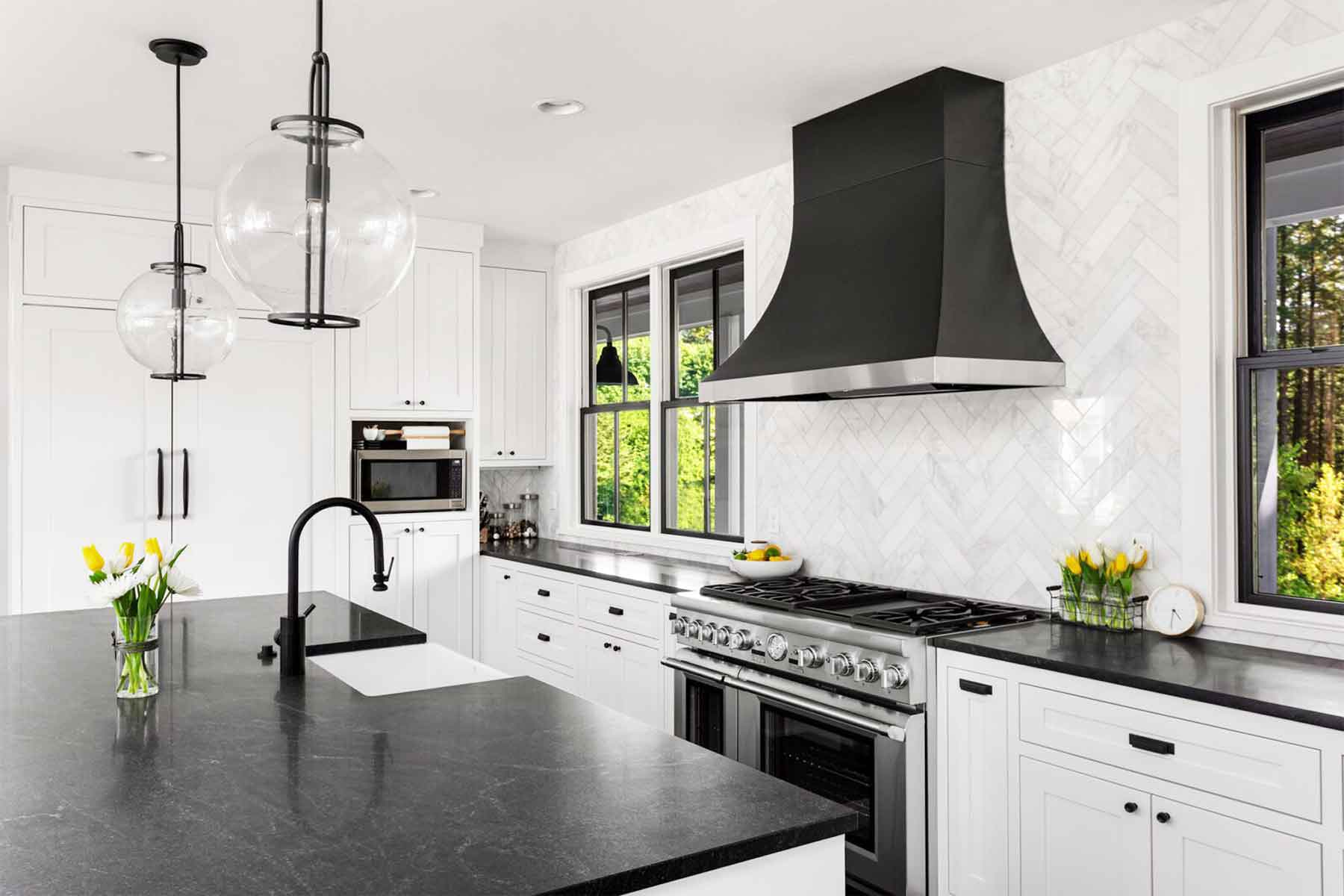
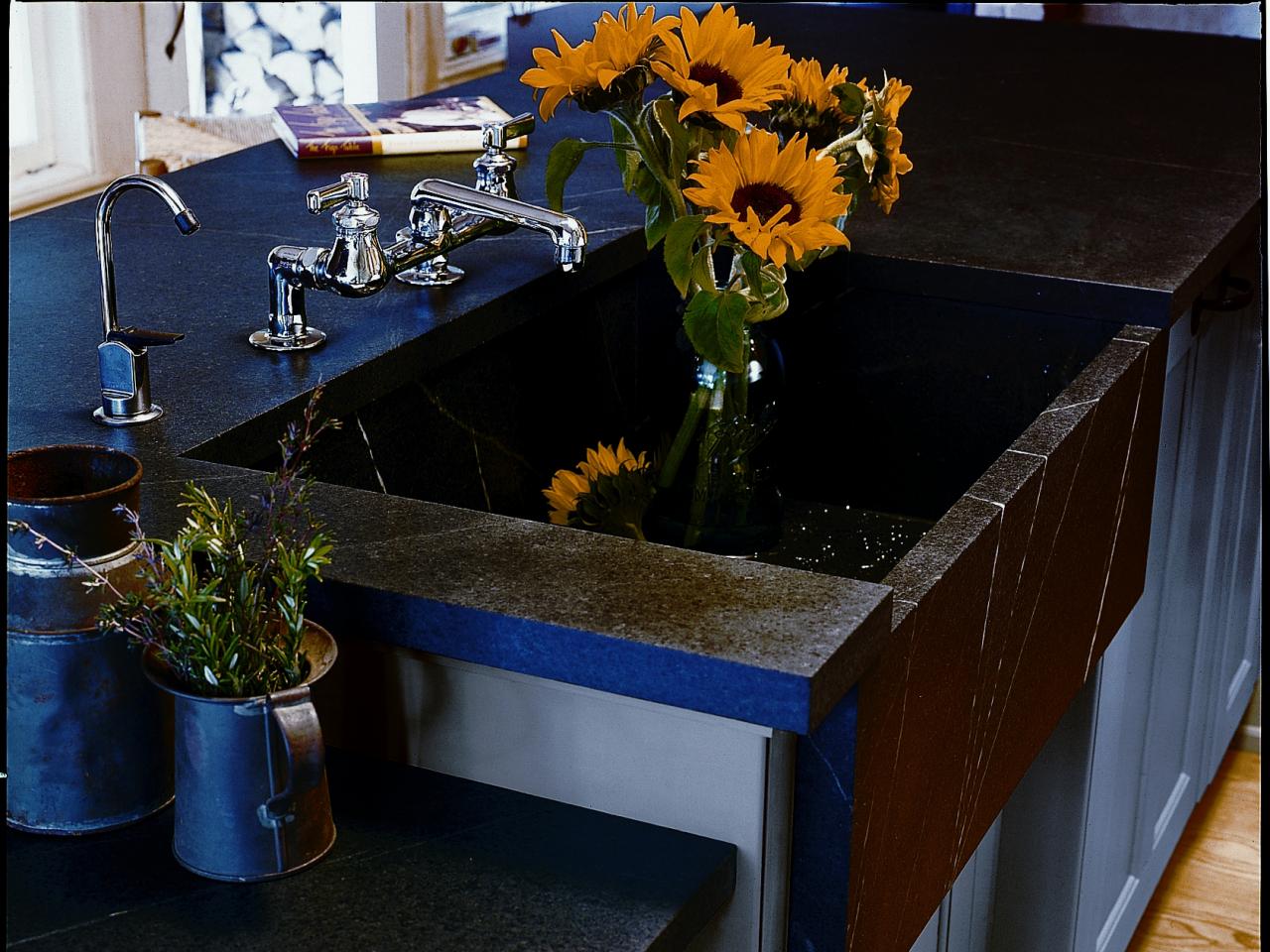
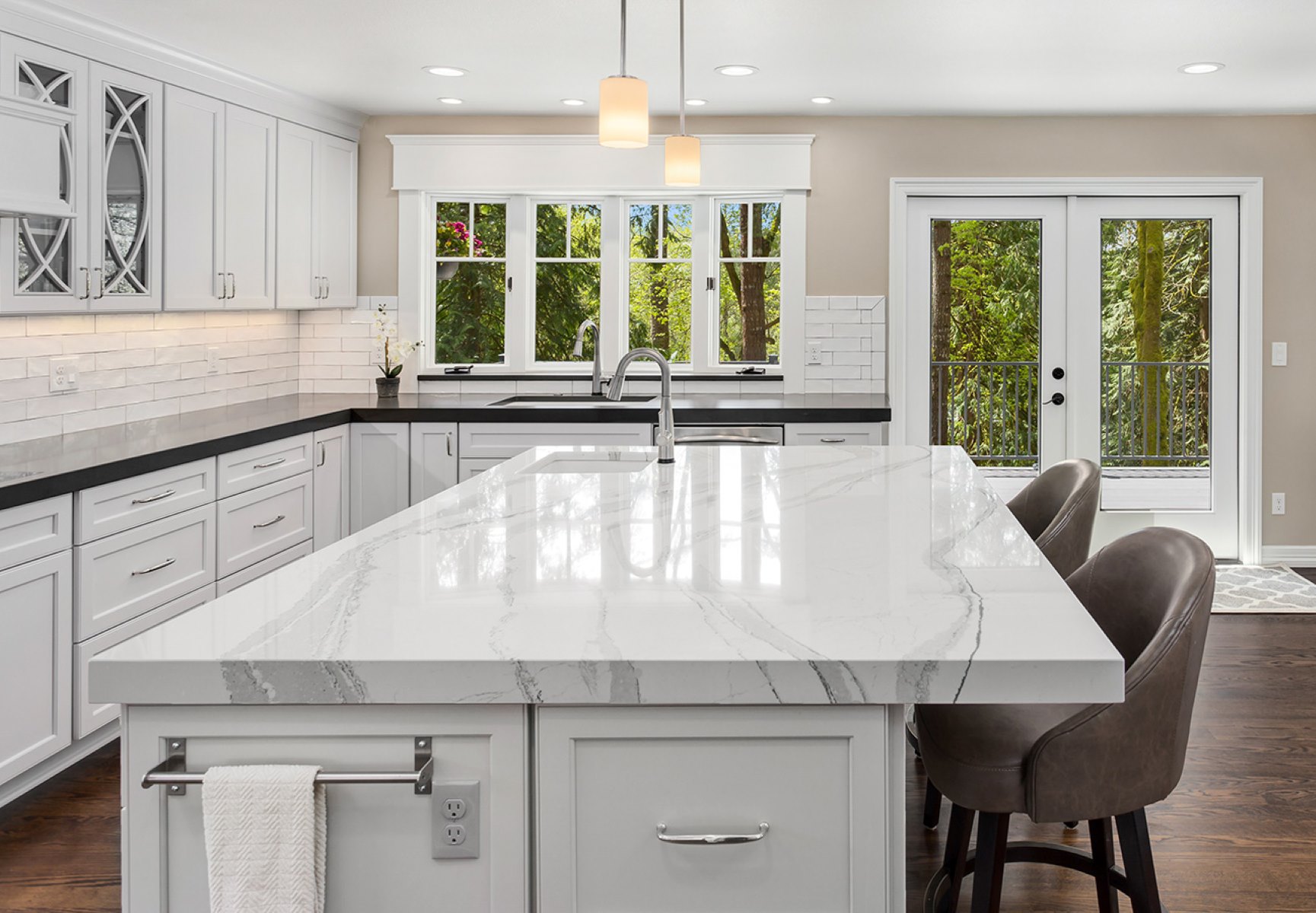
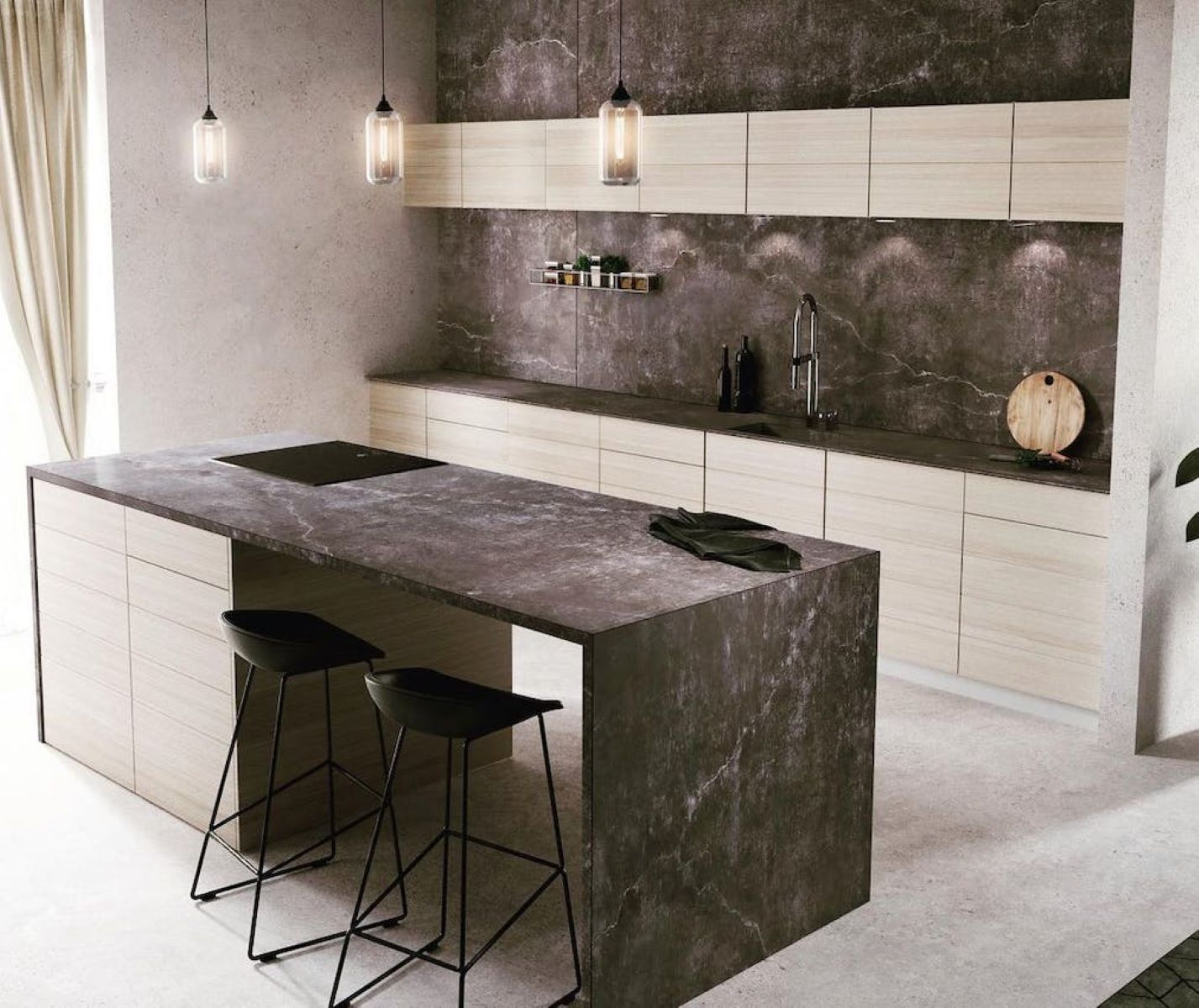
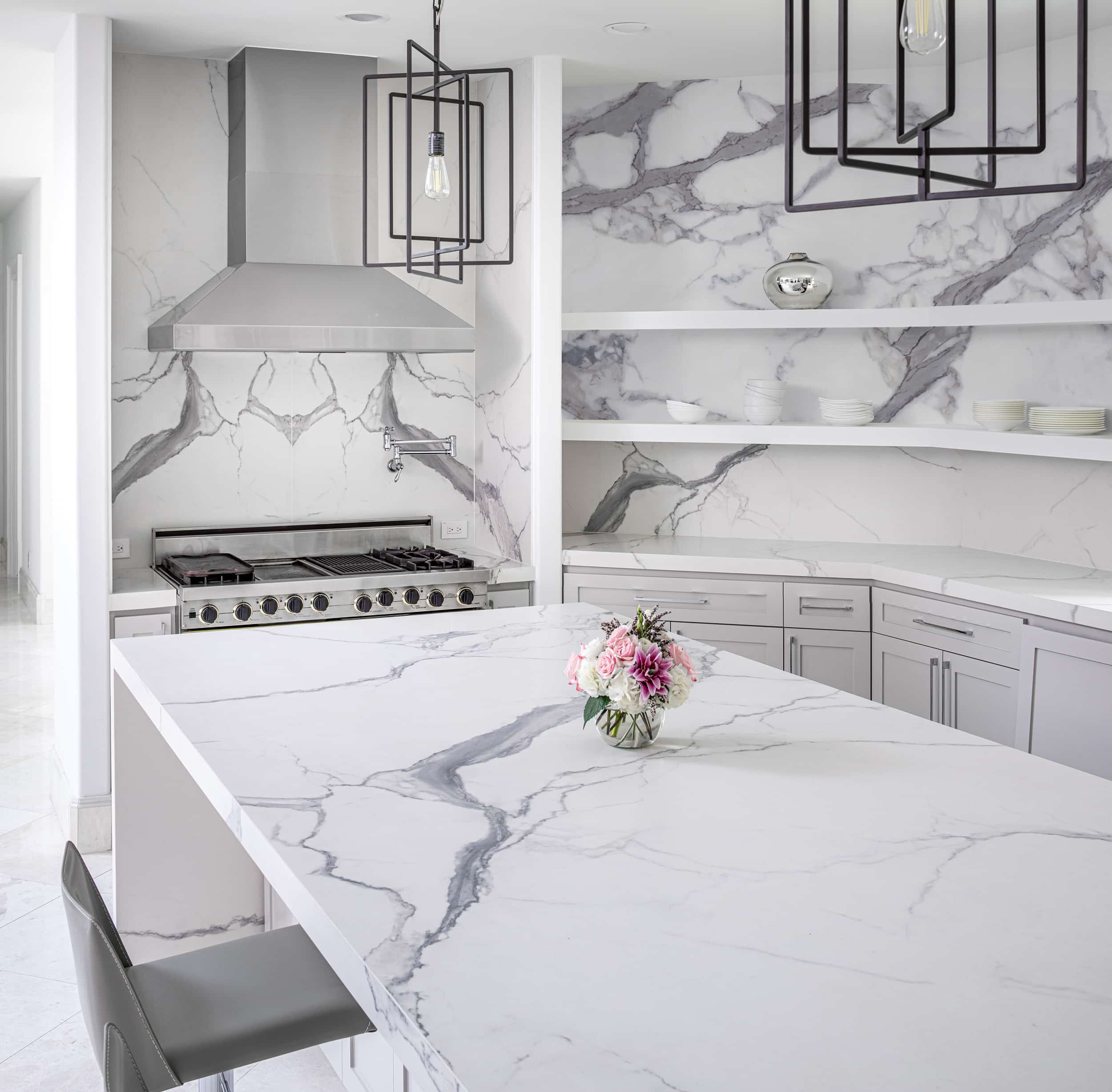
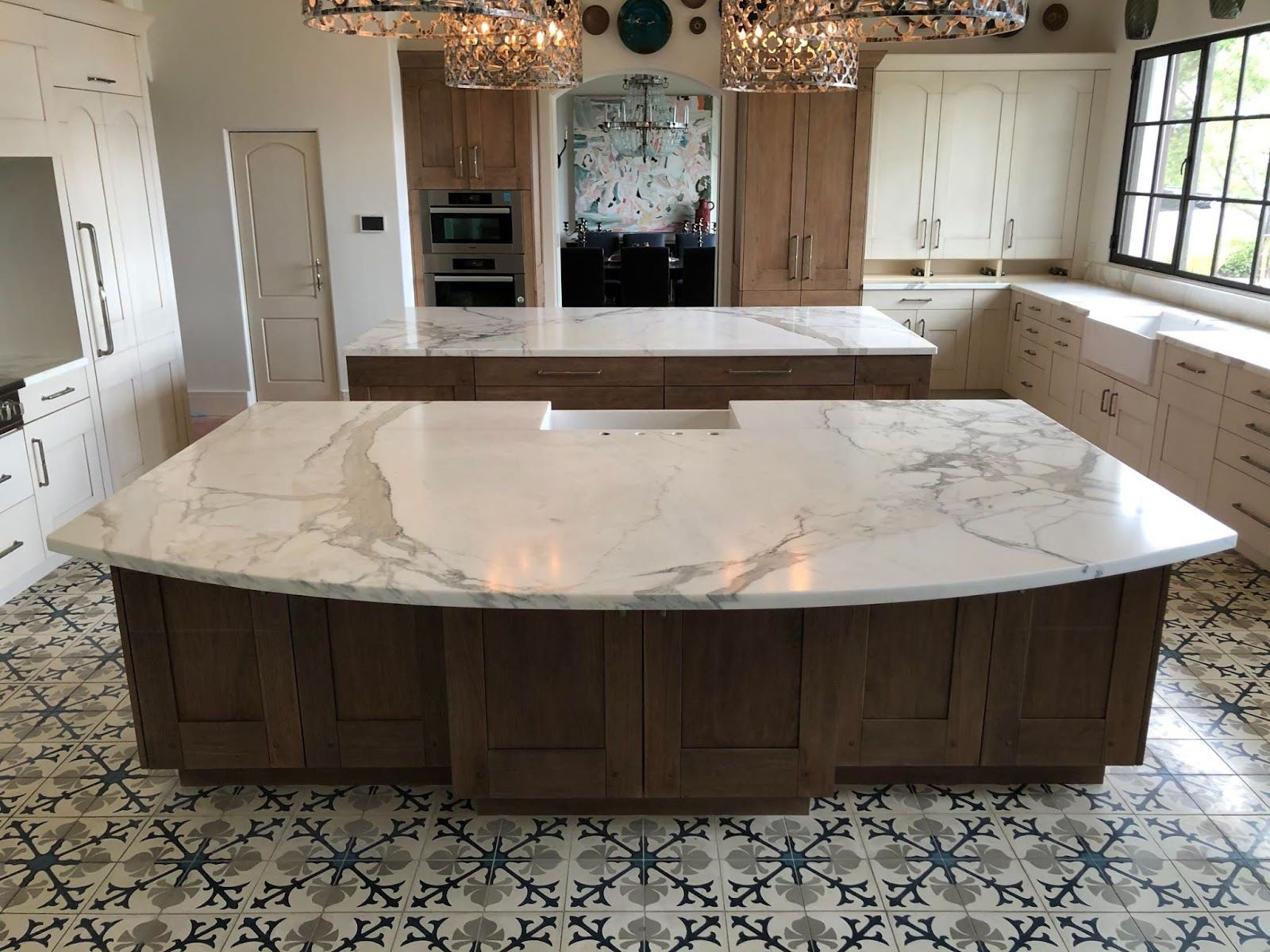
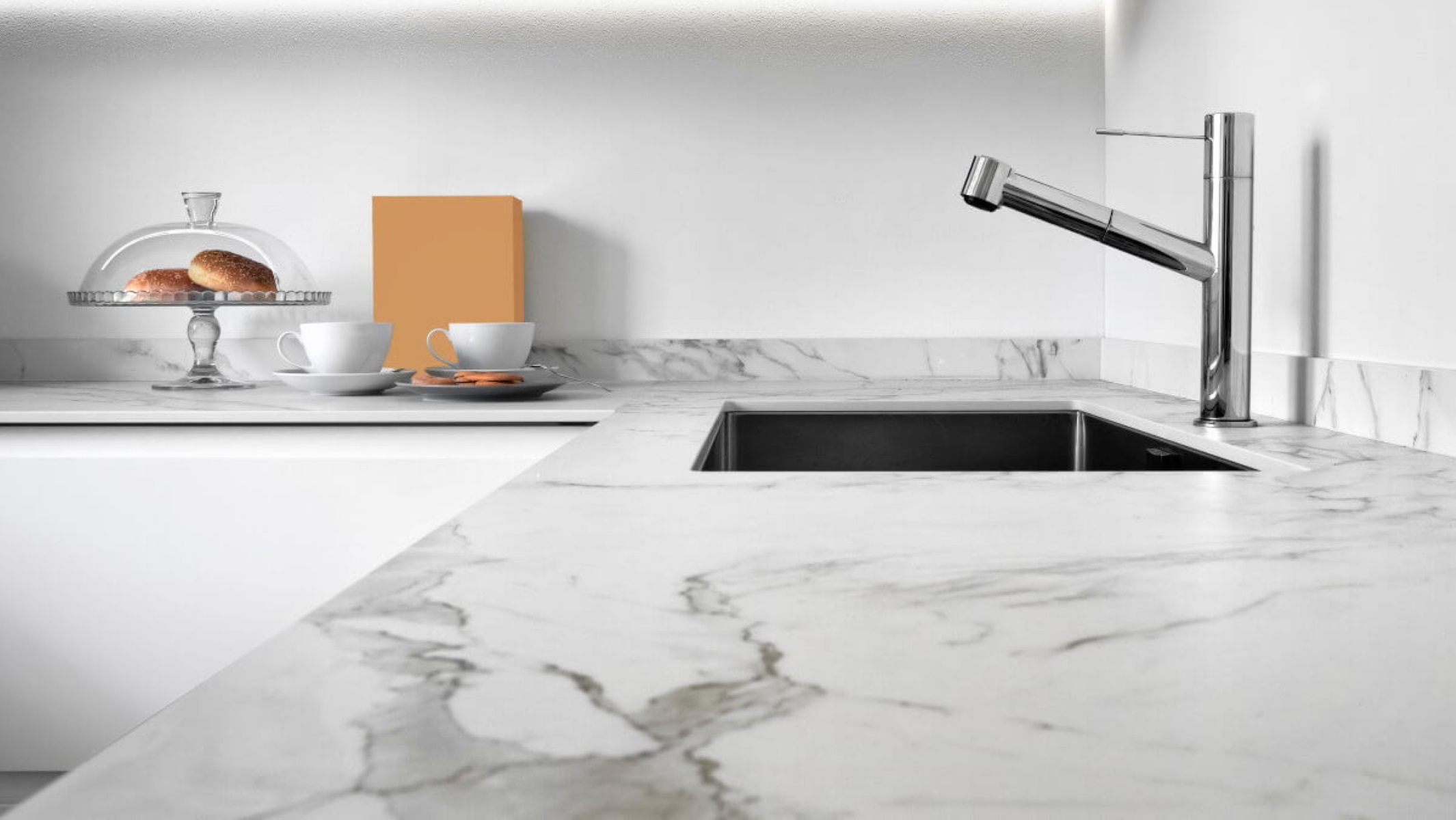
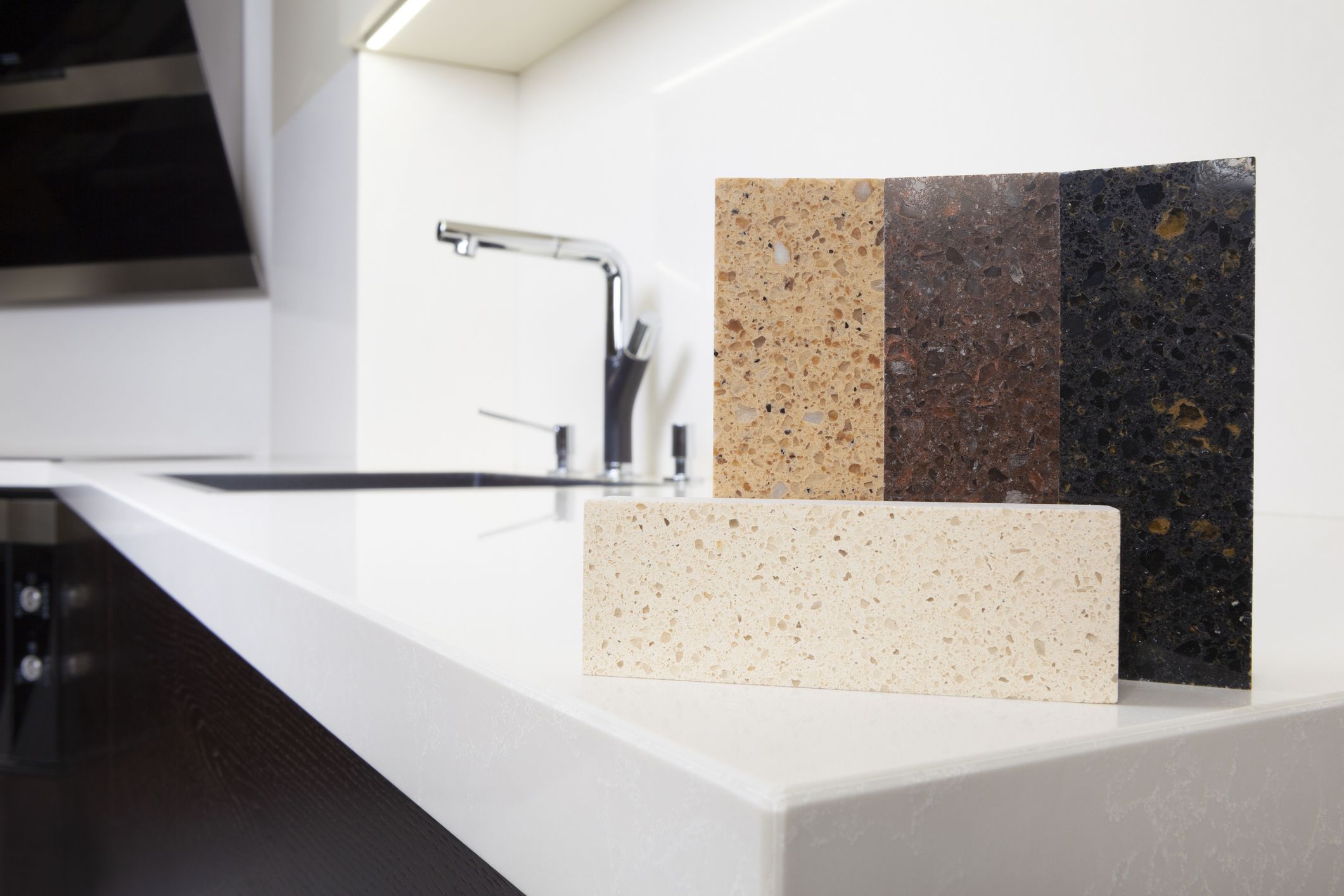
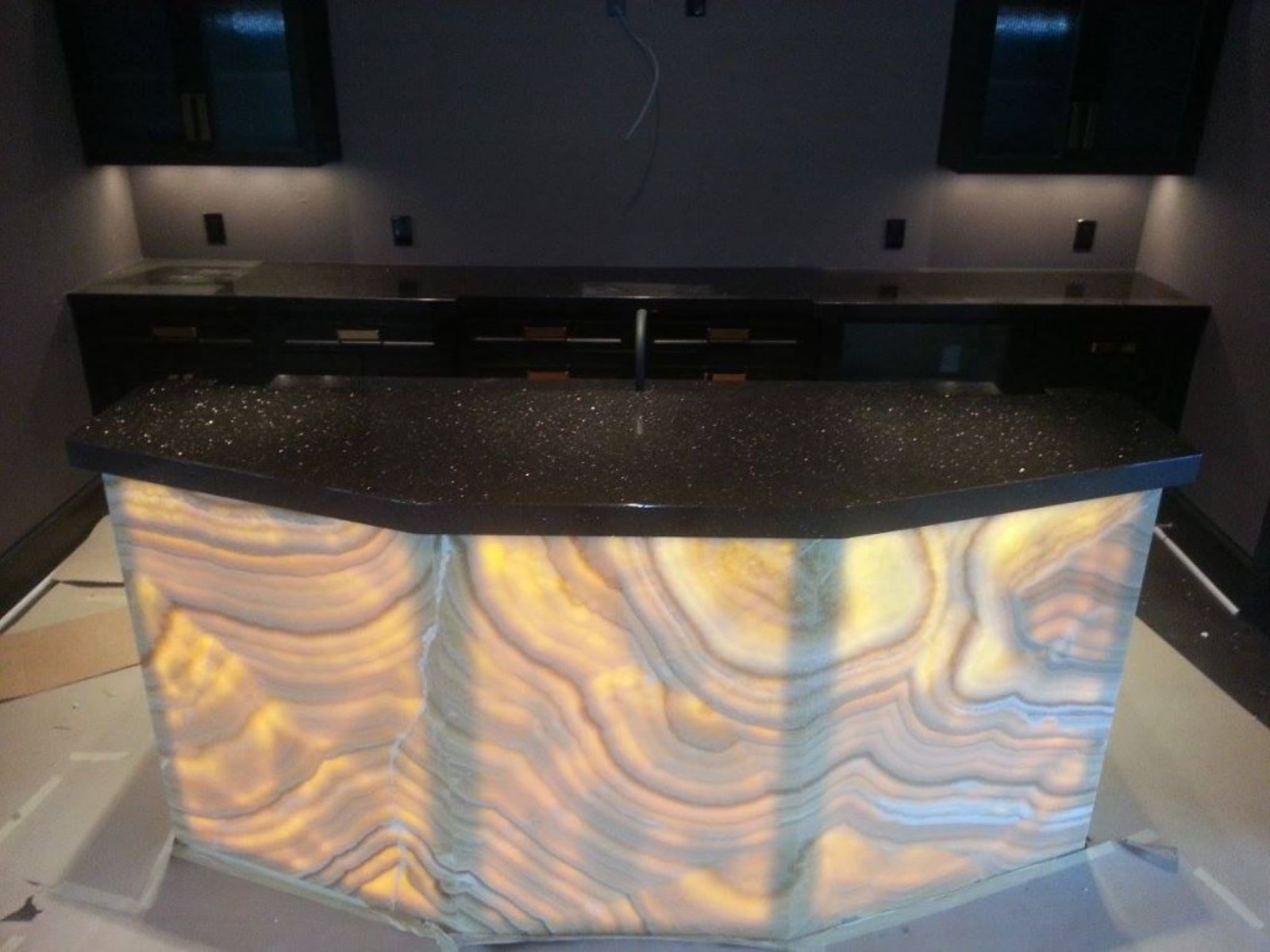
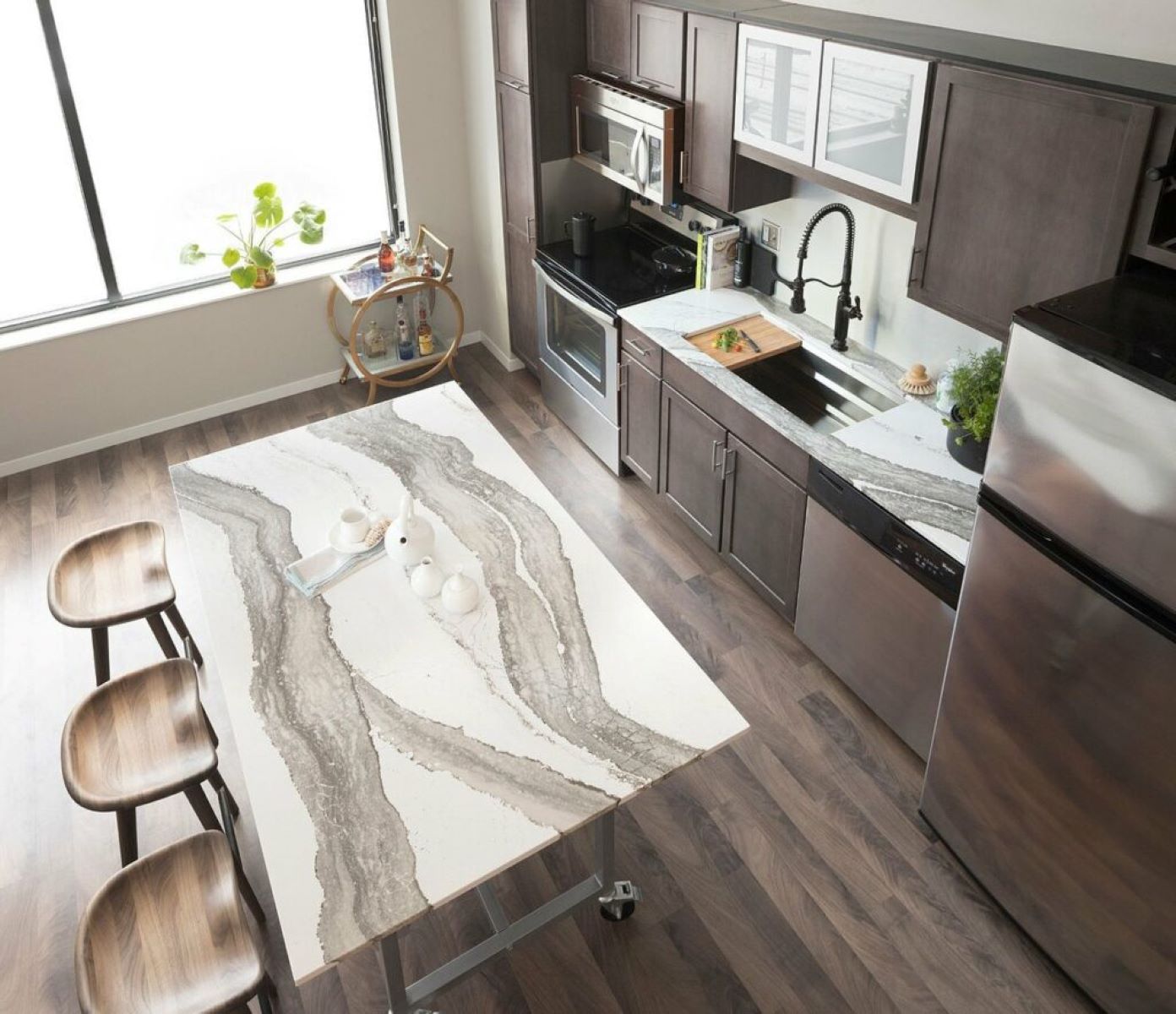
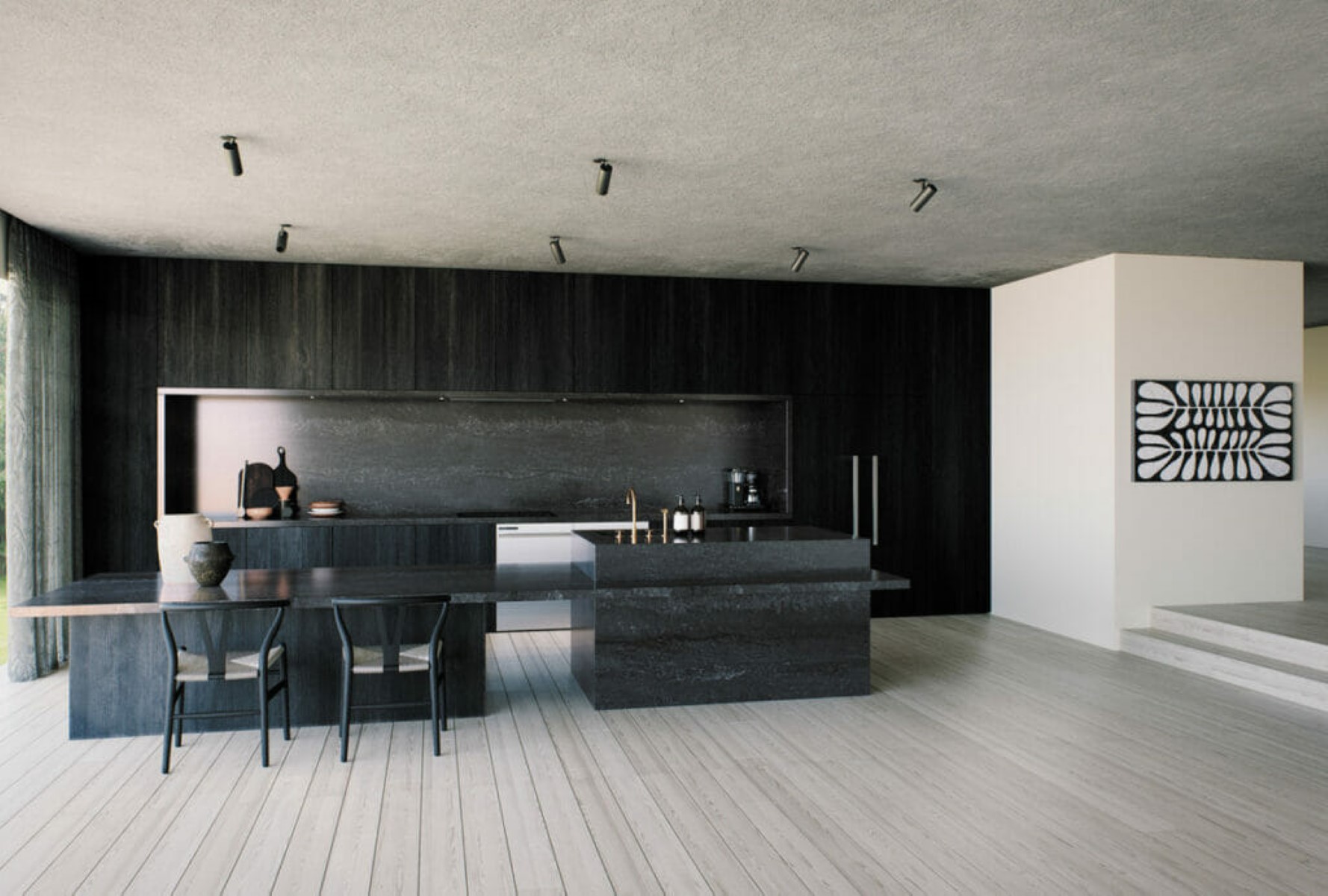
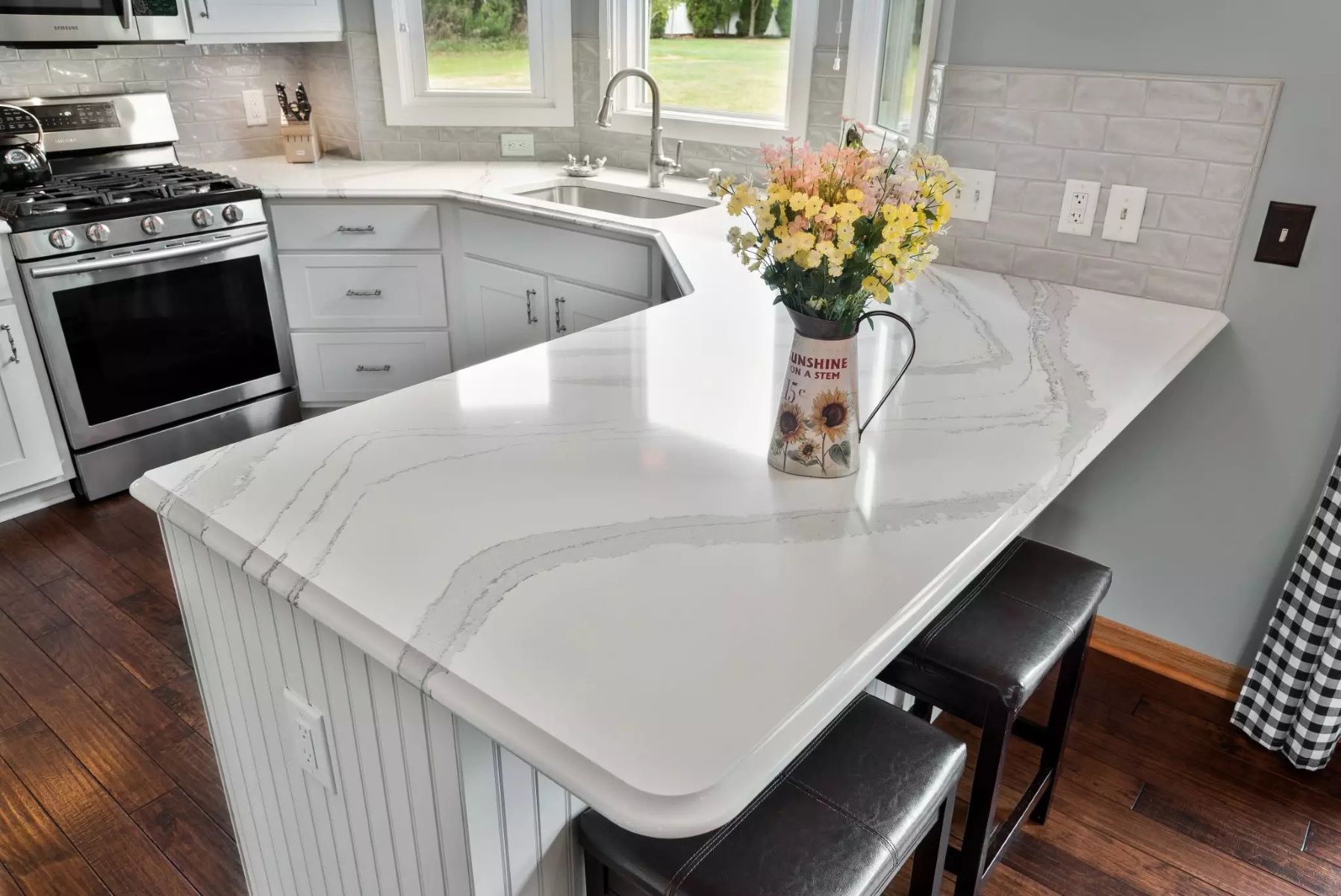
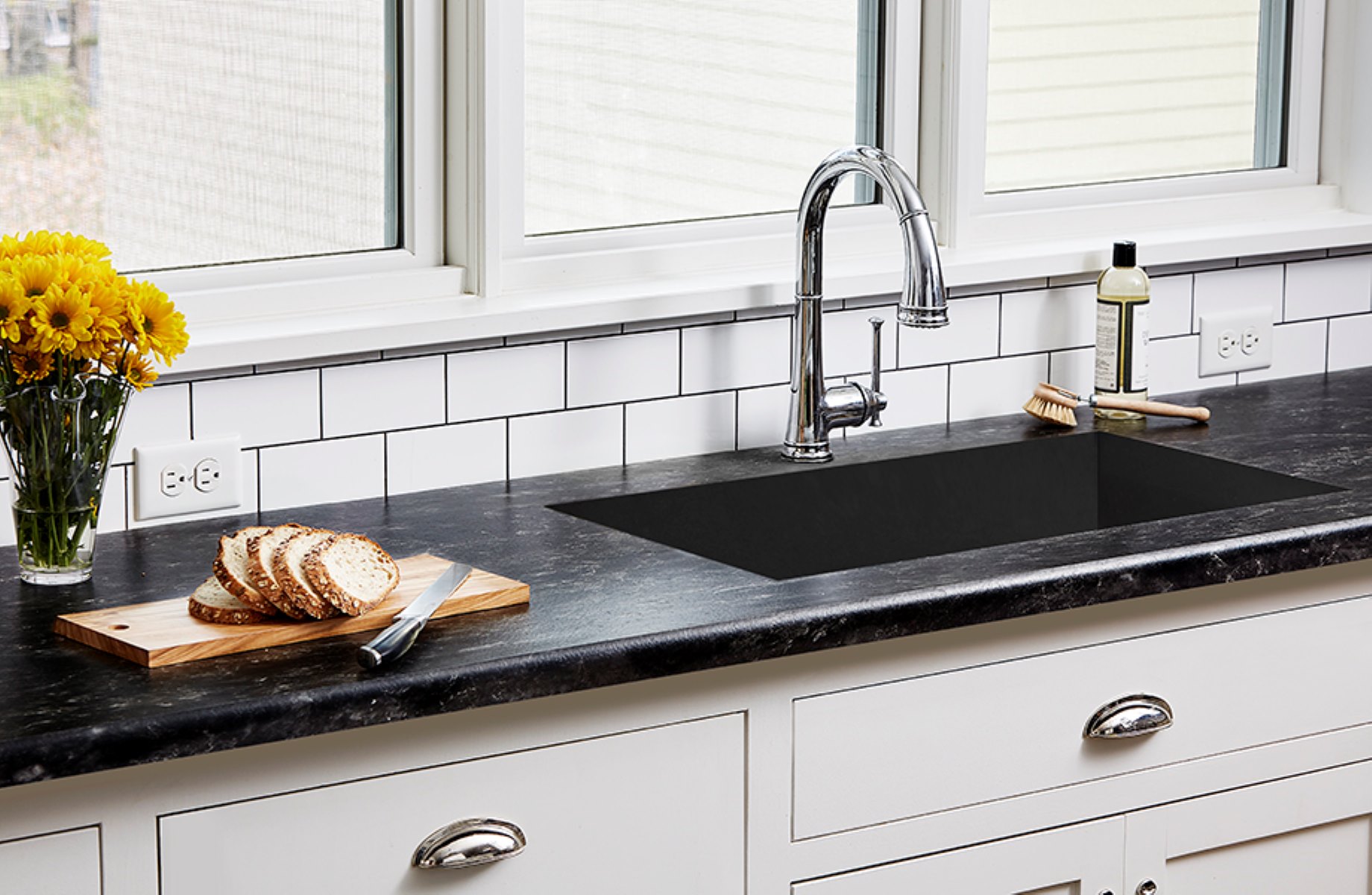
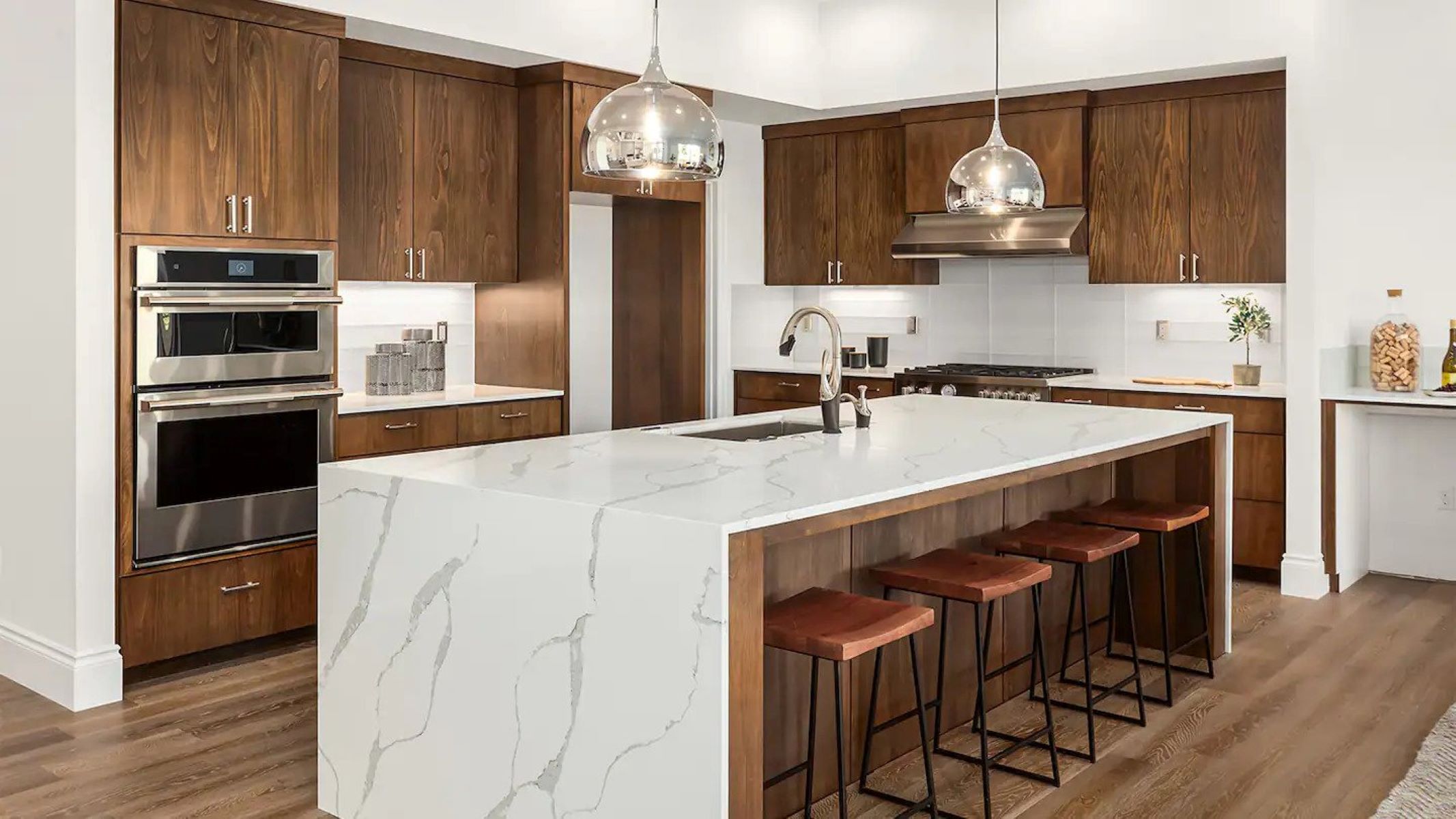

0 thoughts on “What Are Soapstone Countertops”